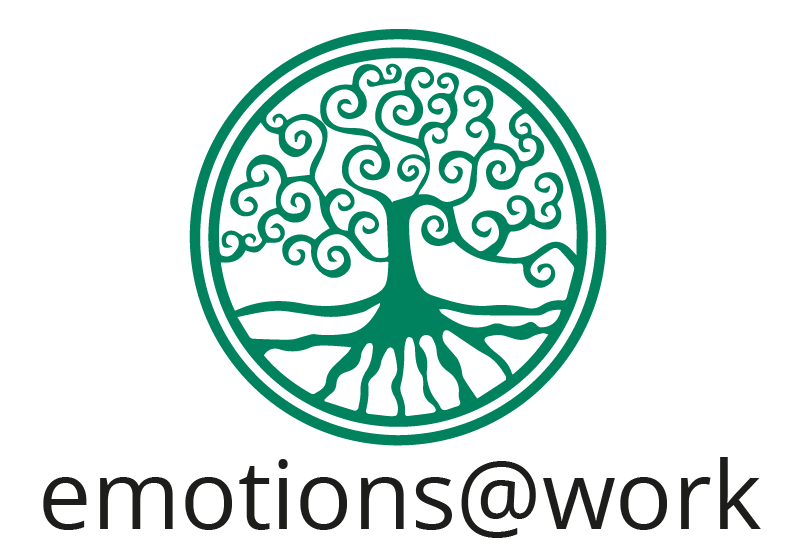In today’s working environment where organizational change is becoming more frequent, leaders must be capable to transform their organizations regularly to deliver a long-term competitive advantage.
Organizations must develop the internal capacity to implement change faster and more effectively. Change initiatives must be set with the firm purpose to deliver benefits and add value to the overall organization. Nevertheless, implementation remains a challenge.
Leaders are faced with conflicting and overlapping agendas at global, regional, and local levels. In addition, old working methods are strongly ingrained and difficult to change.
Change can only be met by disciplined leaders who establish a detailed change management plan supported by powerful engagement processes to which managers adhere. Such processes must be deployed and actively promoted throughout the change management initiative.
A change management plan is normally comprised of six phases. At each phase, a set of change management activities and deliverables are to be completed.

Define
In phase one, the vision and the plan are established. This stage is characterized by the definition of the change management strategy. The main activities to complete are the following: (1) identify and assess the subject matter, (2) detect the impacted individuals, and (3) recognize and engage the stakeholders and sponsors further. Moreover, we must delineate whether the change initiative will change business processes and practices, an organizational model, or both. At the end of this phase, we should be able to formulate the change management strategy.
Engage
Once we have identified the sponsors and stakeholders, the objective of the second phase is to architect a solid engagement network in which they are incorporated. The network will be the vehicle to get their commitment and support while serving to permeate the change management initiative.
Analysis and Impact
The third stage is characterized by data configuration. Data sources and sets are analyzed through the chosen statistical methodology. The objective of this phase is to identify and narrow down the impacted groups or individuals.
Communicate
We can argue that the fourth phase of the change management plan is crucial for its success or failure. The main objective should be to produce a well-conceived communication strategy supported by a resistance plan.
At this stage, communicating why change is needed is the focal change management activity. How to attain such change is subsequently communicated. In most cases, the communication of a “next-steps training program” geared at the impacted individuals is the most effective tool to convey change.
Therefore, we need:
– To define the content of the communication. What is to be communicated?
– To deliver the right message at the right time. When it is communicated?
– To choose the communication channels. How it is communicated?
– To target the recipients. To whom the communication be addressed? As information needs tend to vary according to stakeholders’ roles inside the organization.
At the same time, a corrective engagement process between stakeholders is set to build commitment until the change has been realized.
Execute
At this stage, the change strategy is carried out. To be effective, the processes, delivery tools, and documentation for the training(s) are set and deployed.
It is of utmost importance to create awareness about the impact of incorporating the change initiative as well as to set the requisites and the completion deadlines. The training format including the delivery channel and the content, is tested and implemented.
Evaluate and Adjust
At this final stage, the evaluation of the key successes and key barriers to implementing change is performed. The most common issues addressed are if the training was successful, if the delivery mode was appropriate, and if change can be already quantified and measured. The main objective after the evaluation is to improve and control the original deployment.
At this phase, the re-calibration of the change management initiate with the lessons learned is completed and the strategy moving forward is rolled out.
To thrive, companies must promote change in a systematic and consistent manner. As an initial approach, the use of the six-phase management framework shall be considered. As the framework is implemented, leaders will be challenged with the completion of transformational initiatives while supporting individuals through commotion and uncertainty.
FURTHER REPRODUCTION PROHIBITED WITHOUT PERMISSION

